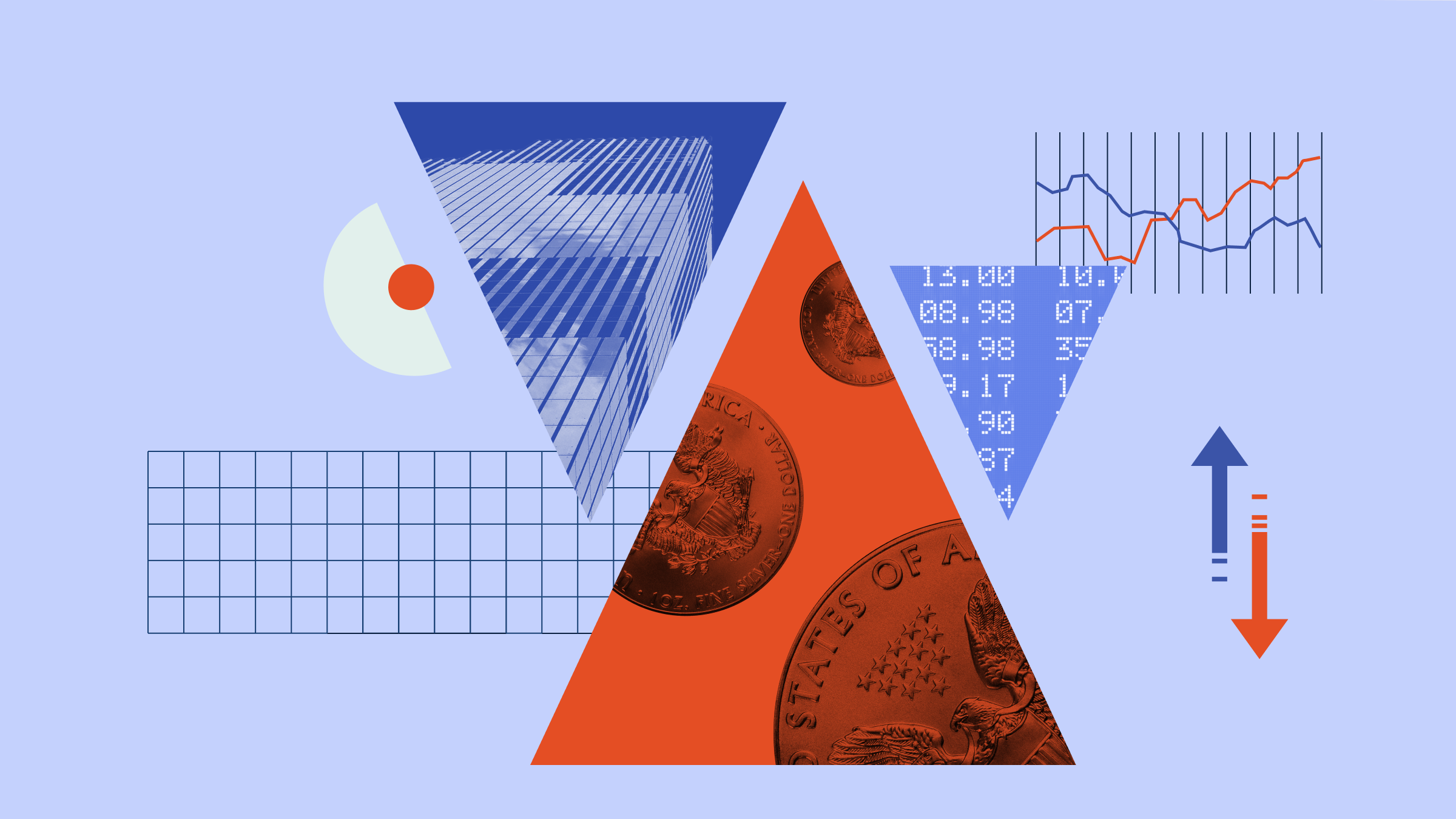
When the much-discussed Global Stocktake comes out at the end of COP28, it's likely to cement what we at Morningstar have seen in our own work: More companies are disclosing emissions data and making net-zero commitments, but the world is not on track to meet the Paris Agreement's target to limit global warming to 1.5 degrees Celsius.
Our analysis of 6,500-plus companies shows that 90% of the largest public companies that we assessed are significantly misaligned to a 1.5-degree future. In fact, in aggregate, they represent an emissions pathway to a 3-degree temperature rise by the end of the century.
So, here's where I tell you to resist succumbing to doomism, as my colleague Hortense Bioy has said, because it diverts attention from action. There has been progress, even if it doesn't always feel like it. Remember, we were once on track for a 4-degree temperature rise! For investors, the point is not whether the ambition is achievable, it's that the train has left the station. Investors who treat climate transition risks as investment risks and adaptation opportunities as investment opportunities are accounting for that reality.
Climate risks aren't new, even if the past year's extreme heat, forest fires, and floods around the world put them under a more personal spotlight. What is new is that the related data, research, and tools for investors have meaningfully matured. To that end, here are three things you can do right now to consider the role of the climate in your investments:
First, look beyond stated commitments to hold companies accountable for transparency of data and action. The data on issues like decarbonization are improving and becoming more accessible. As an investor, you deserve transparency into a company's climate risks and opportunities. The more a company discloses and the more standardized the data becomes, the better we'll be able to serve you as an investor, with ratings and insights that make climate-aware investing even more actionable.
Second, diversify your portfolio by investing in companies with lower climate transition risk. As the transition accelerates, companies that don't aggressively transform themselves may find access to capital and insurance reduced, because onetime partners may deem them too risky.
Our Low Carbon Transition Ratings provide investors with multiple signals to assess how well a company is prepared to reduce its carbon emissions in line with a 1.5-degree net-zero pathway by 2050. The main signal is what we call the “implied temperature rise,” or ITR. A company's ITR signals how much the Earth would warm if all companies in the world exceeded their carbon budget to the same extent. The ITR is driven by projections of a company's carbon emissions paired with a deep dive into the actions the company is taking to be on a net-zero pathway. In short, it tells you whether a company is putting the pedal to the metal. The strongest management scores, for instance, are found in telecom services, automobiles, household products, utilities, containers, and packaging.

Finally, consider how your portfolio would adapt to diverging climate outcomes. My colleague Adam Fleck often points out that it's important to differentiate between the world we want and the world as it might be. Even as the world works to mitigate, the climate is changing, and we will have to adapt. The same Morningstar ratings you'd use to account for a 1.5-degree future also point you to companies that are reasonably prepared (and reasonably priced) for a 2.0-degree scenario. If we assume a future with more frequent and more intense weather events, we can apply our Physical Climate Risk Metrics to examine pertinent risks across time horizons to physical assets and compare exposure against a company's peers.
Of course, there's plenty of work ahead – particularly on measuring and abating scope 3 emissions – but the focus of Morningstar's climate capability will remain on helping investors in the here and now practically address tangible climate risks in their portfolios. That's an actionable reality that has arrived.








:quality(80)/cloudfront-us-east-1.images.arcpublishing.com/morningstar/6BCTH5O2DVGYHBA4UDPCFNXA7M.png)




















